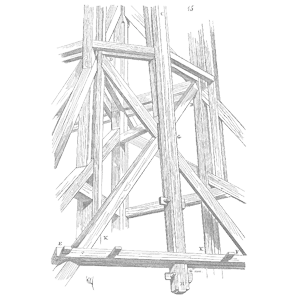
Do we have to follow the HALT test plan?
Abstract
Kirk and Fred discussing the creation of a HALT plan and how to adapt HALT plans based on what is discovered during the HALT process.
Key Points
Join Kirk and Fred as they discuss the need during HALT to first have a test plan, and how to get the most out of the HALT process for development of reliability when new weaknesses may be discovered. A key strategy in HALT is to be adaptive to the product and what is discovered, as HALT is not a test to “pass” as is done with most testing.
Topics include:
- HALT is a discovery process, not a pass/fail test, and therefore should be adapted to the product and the built-in limitations such as thermal protection.
- How following a HALT plan means taking to the limit, either the operational limit or destruct limit, to get the most significant data.
- HALT does not require pushing the product sample to catastrophic (destruct) failure, as the next failure mechanisms can be irrelevant to field reliability.
Enjoy an episode of Speaking of Reliability. Where you can join friends as they discuss reliability topics. Join us as we discuss topics ranging from design for reliability techniques, to field data analysis approaches.

Show Notes
To find out more about Kirk’s Reliability Consulting services, please follow this link to his website Accelerated Reliability Solutions
Here is a link to Kirk Gray and John Paschkewitz’s new book “Next Generation HALT and HASS: Robust Design of Electronics and Systems”
 Ask a question or send along a comment.
Please login to view and use the contact form.
Ask a question or send along a comment.
Please login to view and use the contact form.
Leave a Reply